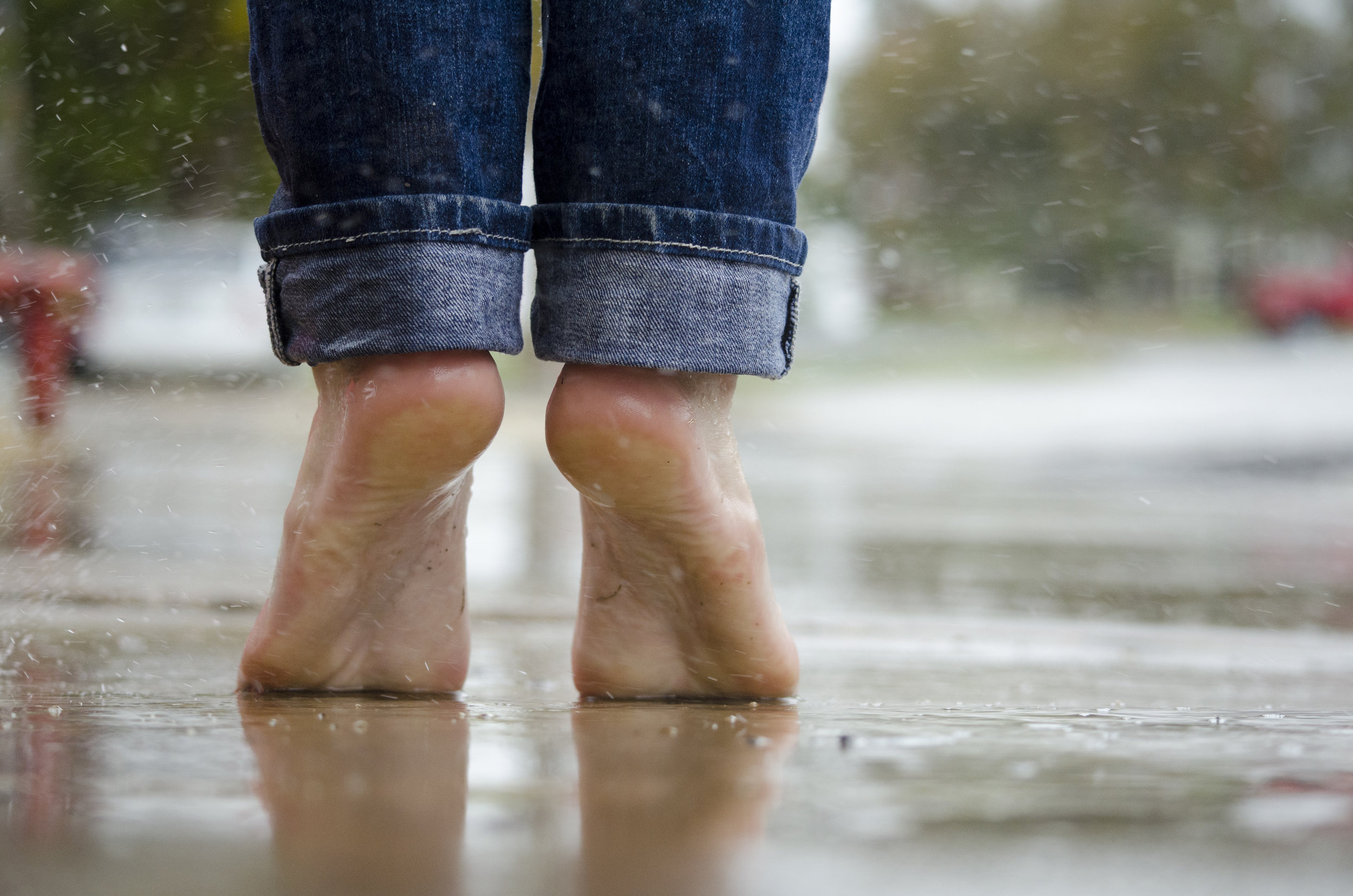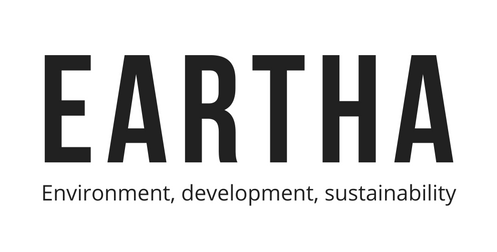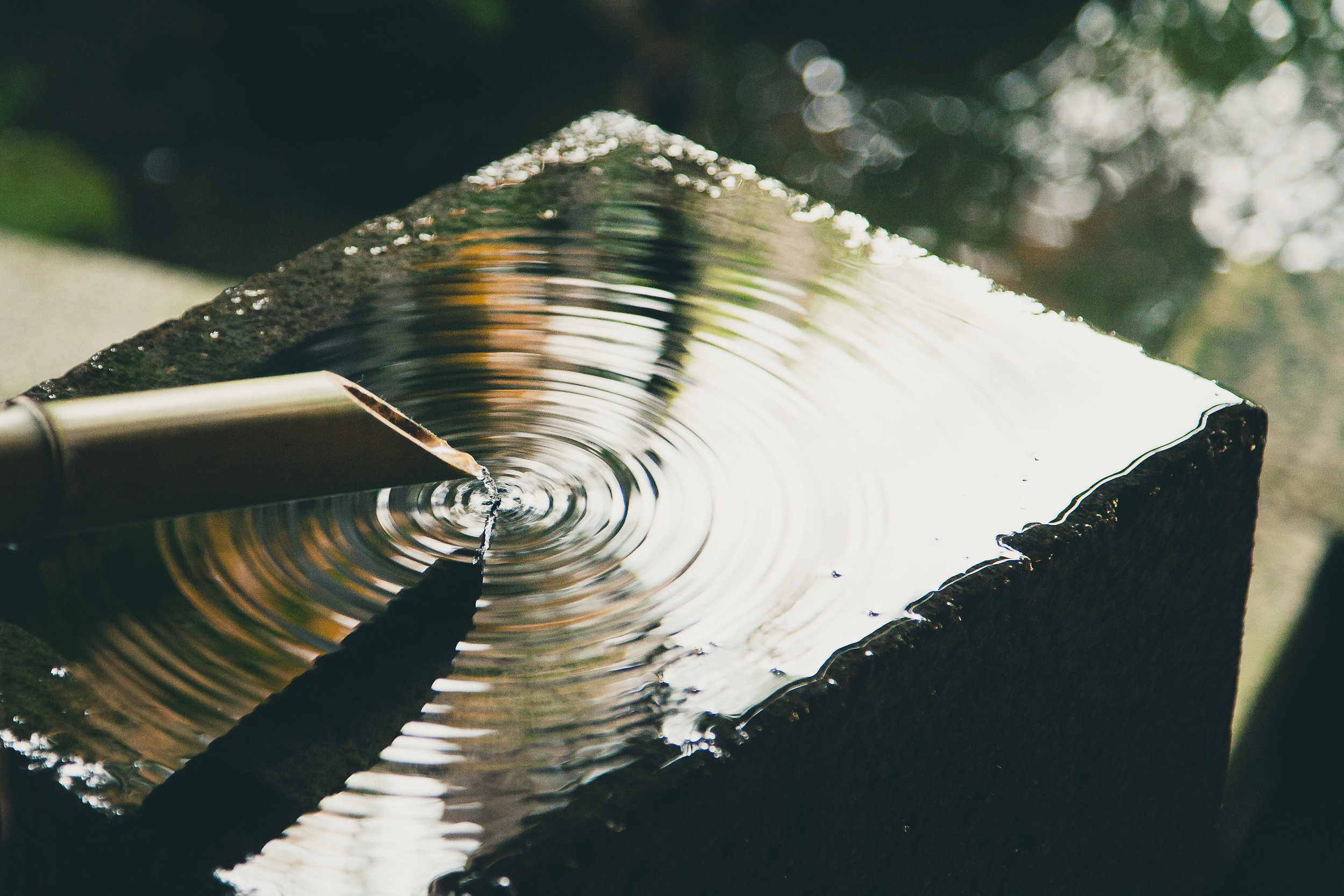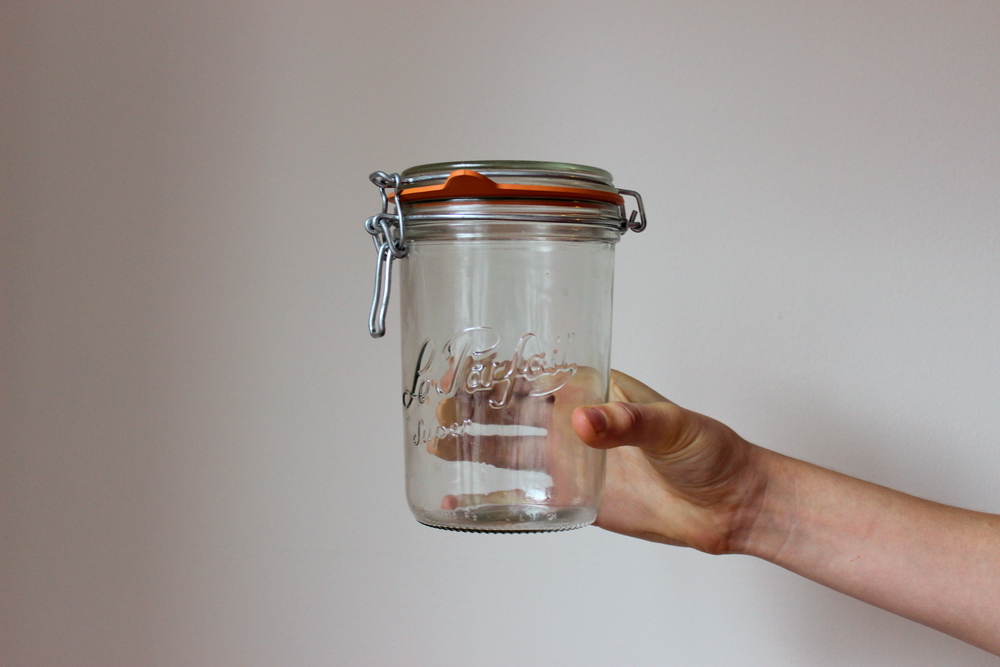A Big Step For Mankind: What Is A Water Footprint And Why Is It Important?

How much water do you use in a day?
Think about all the activities you do from the time you wake up until you rest your head at night. Added up, they would amount to about 130-150 litres a day if you’re a middle-class urban resident in an Indian city. So, would that be all the water you use everyday? Think of the toast you had for breakfast: It took water to grow the wheat, transport it to the bakery, bake the bread, make the plastic bag that holds it and to transport the bread to you. This is to say nothing of the sugar and other ingredients that go into giving bread its unique flavour. Same goes with the clothes you’re wearing - think about all the water that went into every stage of making that item of clothing.
Now think of all the products you eat, use, buy, sell, make, wear on a daily basis. It is said that cumulatively, the water we use, directly and indirectly, is nowhere less than 3,500 litres a day! Almost every one of these items requires water to be used at some stage of its production. The most easily understood indirect consumption of water comes from food: When you cook rice, for example, you’d say ‘two cups’ if asked how much water it contains. But think about the embedded water content of rice. It is estimated that it takes about 2,688 litres of water to produce one kilo of polished rice in India.
Water footprint calculation
A water footprint is a measure of the amount of water an individual, community, institution or country uses throughout the day either directly (eg. from the tap) or indirectly (as the water embodied in the food we eat, the products we use, food and energy we consume, and the water saved by recycling). The water footprint of any good or service good or service is, therefore, the sum of all the water that has been used or polluted in all stages of manufacturing it.
Almost 70 percent of the water we consume daily is indirectly as water embedded in products. If we add the embedded water in the products we use, we easily consume upwards of 3,000 litres a day.
At almost every stage of making a product, water is required. Let’s take a pair of jeans for example and analyse its water footprint: It is said that it takes close to 10,000 litres of water to make a single pair of jeans.
Most jeans are produced in China and India where cotton is grown, largely Bt variety in India which needs more water than indigenous varieties. The Water Footprint Network estimates that India uses 22,500 litres of water to produce a kilo of cotton.
Next the cotton is harvested, ginned, spun and woven into fabric. The fabric is then dyed using synthetic indigo and toxic mordants, the runoff from which enters waterways untreated and pollutes and poisons them. A case in point is the east River in Xintang in China’s Guangdong province - the world’s denim capital. “The water in all the streams in the area apart from one is black and stinking and the White River is the worst; the slow flowing water is as black as Chinese ink,” narrate residents.
After dyeing, the fabric is washed to give it a textured look and render it looking weathered or distressed which is again a chemical-intensive process that pollutes drinking water sources. Acid washing and bleaching of jeans uses chemicals such as potassium permanganate and hydrogen peroxide that are toxic to humans and animals. In the case of stone washing, the fabric is rubbed with pumice stone, the dust from which contaminates water . After this, the denim is chemically softened to prevent the indigo from yellowing.
Once the jeans are sewn and riveted, they are packed into plastic bags (which again have a large water footprint across their value chain) and transported for miles to reach a retail store near you.
Each step during the manufacturing and distribution processes has a direct water footprint and an indirect water footprint. The direct water footprint of one process becomes the indirect water footprint of the next process. In this case the water needed to grow the cotton - the direct water footprint of the growing stage becomes the indirect footprint of the next stage of processing the cotton into fabric. Thus, the water footprint of a product is all the water that was used up or polluted while making it.
Putting this table in perspective, it is estimated that an average urban Indian requires 135 litres per day for her daily domestic and hygiene needs. Based on this recommendation, the production of a kilo of polished rice uses up enough water to meet all the basic needs of a family of 4 for about five days!
Why does our water footprint matter?
The water footprint is an indicator of the amount of water being used at the individual, community and national level. For a product, it is an indication of how efficiently water has been used throughout its full production cycle - from the supply chain to the end-user or how many litres of water have been used per unit produced. The ISO has recently developed ISO 14046 - a standard for any industry in the world to examine the efficiency of its processes and determine the water embodied in its products or services across their life cycle. ISO 14046 will hopefully give industries a yardstick to evaluate their processes and measure their natural capital costs while allowing consumers to make more sustainable product choices.
A product’s water footprint can be green, blue and grey based on the water source used or polluted while making it - respectively, rainfall, surface and groundwater, and the volume of freshwater required to dilute and carry off pollutants and restore water quality.
Water footprint assumes much more significance as we move towards a model of growth led by water and energy intensive industries, food products and consumer goods that not just put huge pressure on scarce water resources but also contaminate freshwater and take it out of the system. It is estimated that by 2030, under the current economic growth scenario, the demand for water will overshadow supply by 40 percent. Data measuring month on month water scarcity in India shows that all river basins except for the Mahanadi and Brahmaputra experience water scarcity for most parts of the year with the Ganga and Indus basins suffering severe water stress for up to 11 months a year. The water footprint is a framework for policy makers, government, the private sector and individuals to evaluate their water use and move towards a more sustainable use of water and an appreciation of its value.
Reduce your water footprint
Direct footprint:
- Reduce the frequency of water-intensive chores
- Adopt rainwater harvesting to replenish groundwater
- Install water-saving devices on taps and showerheads
- Use recycled water for domestic cleaning
- Switch from showers to bucket baths.
Indirect footprint:
- Consume less water intensive food and more local, seasonal food
- Eat less meat and animal products
- Buy items with a smaller water footprint
- Minimise the use of harmful chemical-based cleaning and personal care products
- Reuse products as many times as possible.
- Segregate your waste so that it does not contaminate ground water.
Calculate your own water footprint here to see how water-efficient your current lifestyle is.







